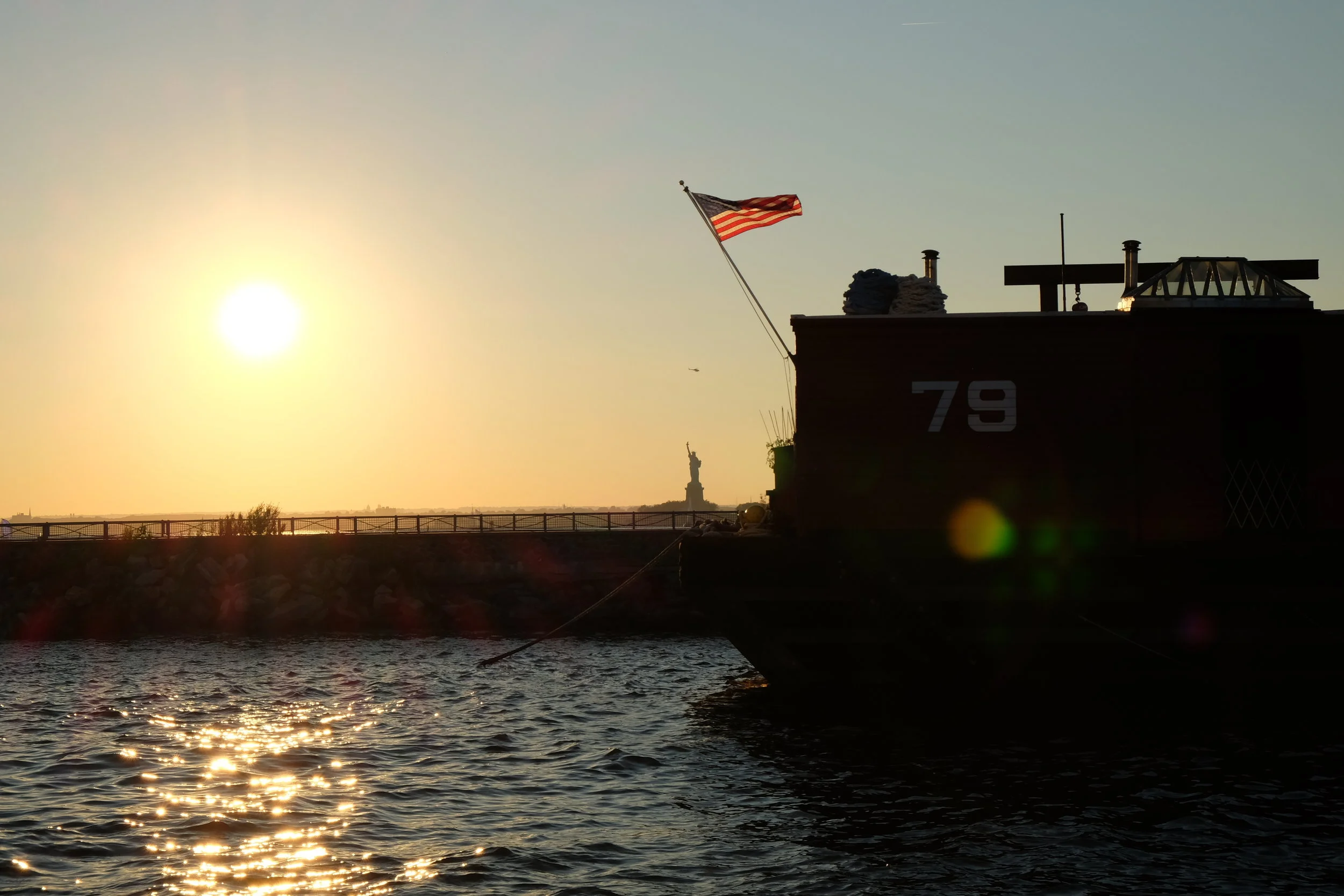By: Martha Molfetas
Revisiting all the places Sandy devastated, it became pretty clear how disproportionate the rehabilitation of NYC has been. All of Lower Manhattan appears as if nothing happened. Areas in Staten Island, the Rockaways, Seaford, and Long Beach all still show the scars of what Sandy did, half a decade ago. Cities like NYC are uniquely vulnerable to sea level rise and flooding. We can either learn from events like Sandy, or we can continue to see that level of destruction, again and again. Climate change isn’t going anywhere. Storms like Sandy will be our present and future.
The scars left by Sandy are particularly visible in those areas most impacted by the unprecedented storm surge - basically everything ocean facing. We’ve spent the last year talking to friends, friends of friends, and people we’ve never met before about their Sandy experiences. With each new retelling of how events unfolded on that day, it brought home what we keep seeing in climate data and other macro reports - climate change is here, it’s making things worse, and it will change all our lives.
People we know were stranded, had their homes destroyed - and somehow have picked up the pieces. By looking back on past events and learning from different shared experiences, we can create more coherent storm preparedness policies that can help us all. What is true for one family may be drastically different for another - in terms of what damage Sandy caused them, and whether or not they were able to recover.
While on location, we saw many abandoned buildings, essentially left for dead. What will become of these properties is anyone’s guess. Perhaps the City will buy those back. Or maybe they will just sit until the City decides to demolish them and they’ll later sell the vacant lots.
A common thread throughout our interviews was the question of preparedness. Many considered Sandy to be ‘no big deal’ at the time. The unique circumstances on that day, like the tidal forces and unique path, were not adequately explained to the public. With hurricanes and storms typically we hear about wind-speeds or rainfall, but we don’t hear much about storm surges, or the circumstances that can make that worse. Sandy wasn’t even a hurricane when it crashed into NY and NJ. What will this area do when the next one hits?
While climate change cannot be blamed for causing any particular storm, it does add to the calculus - making storms and hurricanes more intense, thanks to warmer oceans and increased sea level rise. Climate change knows no borders and cares not for whether you trust the science. What Sandy offers us is a unique opportunity to create storm resilient planning and take into account things like sea level rise and tidal forces in future development and resiliency planning. Those 147 lives from the Caribbean to Canada, including those 43 lives in NYC, did not have to be lost. Better planning and better policies can save lives and build resiliency.
Year on year, in the United States we are paying $240 billion to respond to climate fueled natural disasters, and to pay for the health consequences of fossil fuel development. We can either learn from these disasters or we can continue to pay more and more each year, as climate impacts become more pronounced and extreme events like Sandy become a part of our everyday reality, rather than an outlier of our past.

